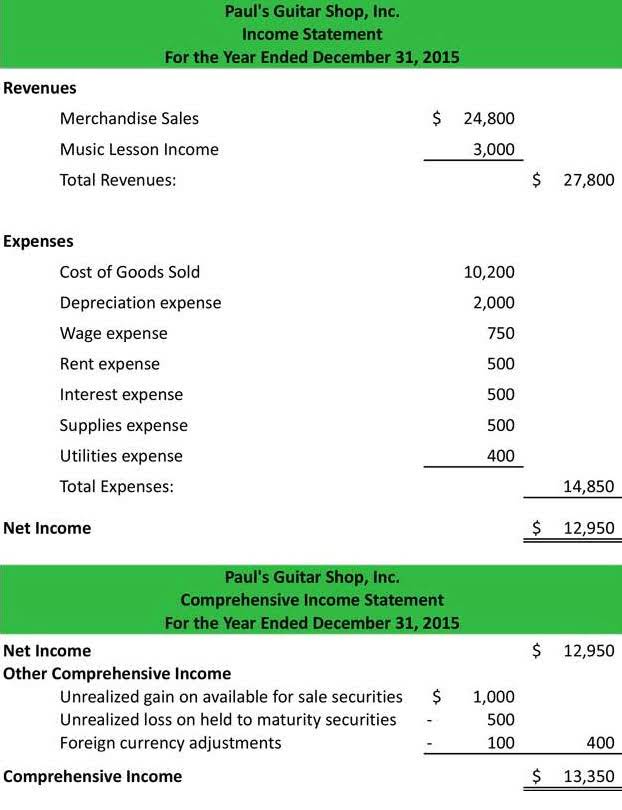Guide to Cash Management Accounts & Treasury Management Services

To sum up cash management vs. treasury management, cash management is Bookkeeping for Etsy Sellers a shorter term day-to-day cash monitoring plan and treasury management is longer term strategic financial planning and risk management. The treasury function, or whoever performs that role within a company, is essentially an in-house financial advisor that seeks to position the business for the best possible future. The motivations for pursuing treasury management are varied and highly dependent on the business. Shorter term goals might include building towards a new funding round or IPO while longer term the focus may be on maximizing profitability or minimizing operational risks. It refers to the day-to-day handling of cash inflows and outflows to meet payment obligations, plan for future payments and maintain financial stability. It assists treasurers in mitigating financial risk through intricate hedging, forecasting future cash positions, and providing a comprehensive picture of both working capital and long-term financial health.
- The 2025 AFP Treasury Benchmarking Survey, underwritten by Wells Fargo, reveals key insights from 500+ treasury professionals on the biggest challenges and priorities shaping the profession.
- A solid approach to cash management allows your organization to control incoming funds and cash reserves effectively, ensuring day-to-day needs are met.
- Typically, cash flow forecasts have been done on spreadsheets and in complex manual models.
- The Treasurer will ensure that the business has the liquid funds it needs and invest surplus funds.
- Some examples of cash management tools are bank accounts, cash pools, payment systems, cash flow forecasting, and cash budgeting.
The Advisor’s Superpower: 4 Key Ways to Give Advice
These methods often require complex models and involve sifting through large amounts of data, a process that is typically manual, time-consuming, and susceptible to human error when performed on spreadsheets like Excel. In contrast, Accounts Receivable (A/R) Management focuses on the company’s incoming finances—specifically, money owed to the company by its customers. This team ensures that all due payments are collected in a timely manner, invoices are accurately tracked, and any customer payment issues are promptly resolved.
- The demand for funds for expansions coupled with high interest rates, foreign exchange volatility and the growing volume of financial transactions have necessitated efficient management of money.
- Doing so helps you better understand, both at a glance and in-depth, if you’re on track with your financial commitments, what kind of liquid cash you have, and what’s left over.
- Cash management, a core function within treasury management, involves tracking and controlling the daily cash flow of an organization to ensure sufficient liquidity for operations.
- Provisional credit can quickly derail how a business handles its daily accounting, receivables, and cash handling.
- Accordingly, domestic competent public is interested in way how cash management can improve performances of one company.
Why is cash management important to your business?
Managing these relationships is crucial for optimizing the use of financial assets while mitigating risks and expenses, as well as for ensuring compliance with relevant regulations. Cash management depends on a company’s cash flow, treasury management vs cash management or the money that goes in and out of a business. It depends on the clients that are paying your business for a service or a product and the expenses that you pay to keep your business running. Aside from managing funds, companies also use treasury management to mitigate potential future risks. As your community bank in the Shenandoah Valley, F&M Bank offers everything your business needs to manage cash flow.

Integrate Your Cash and Treasury Management
Juan uses CircleM to place a $100 food order, but his money doesn’t just go to CircleM. The money gets split across the restaurant that Juan ordered from, the driver delivering Juan’s food, and CircleM for additional service fees. When it comes to cash management, CircleM needs a real-time understanding of whether that $100—amongst countless other food orders—made it into each respective bank account. Every company, regardless of size, needs to have some level of a cash management capability, as it’s a critical component of financial security. Money is often moving in and out of a business account, but it’s crucial that more comes in so the balance isn’t depleted.
- Embrace the future of financial management today by aligning strategic foresight with tactical efficiency.
- If you work in financial services, you may have heard of cash and treasury management, but do you know what they mean and how they differ?
- Cash management is used to handle daily financial activities and make sure there is enough cash to cover short-term expenses.
- Ramp provides information to help understand these differences and balance immediate needs with long-term goals.
- Treasury management is a complex set of strategies and actions taken by corporate finance teams based on available financial data.
- Cash management is essentially a task of treasury management, yet it’s crucial to many organizations because it forms the base for strong financial health.
- Larger and more complex organizations may opt for centralized structures to streamline operations and manage risk, while smaller companies might prefer decentralized models for increased agility.

For instance, a multinational firm might use netting to simplify intercompany settlements and manage currency risks by offsetting receivables and payables against each other. On the other hand, a firm with surplus cash might invest in short-term, low-risk assets like Treasury bills, turning idle cash into a source of additional liquidity and returns. Cash management is important because it ensures sufficient liquidity, which allows companies to meet short-term obligations and maintain smooth operations. Reduced reliance on borrowing minimizes interest expenses, while managing excess cash enables short-term investments that generate returns. Strong cash balances help companies to weather financial uncertainties and contributes to optimal working capital levels that support overall business growth and success. Treasury management encompasses all aspects of a company’s financial management, including cash management, debt management, risk management, and strategic financial planning.


Cash management and treasury management are closely related terms which, though used interchangeably, ultimately accounting refer to different functions. For companies looking to simplify their cash management processes, acquiring a full-blown TMS is probably unnecessary and possibly self-defeating. Once implemented, dedicated training is typically needed to use its complex functionality and interfaces, and specialist staff are required to manage and maintain the system.
By facilitating transactions within the organization — rather than with external banks — treasury is able to manage liquidity and risk more efficiently. While the structure varies, central treasury usually operates as the IHB or establishes a dedicated entity for this purpose. Collaboration and communication with a number of internal departments, such as procurement, HR, tax, accounting and IT, among others, is vital to treasury’s ability to gather and share information.
